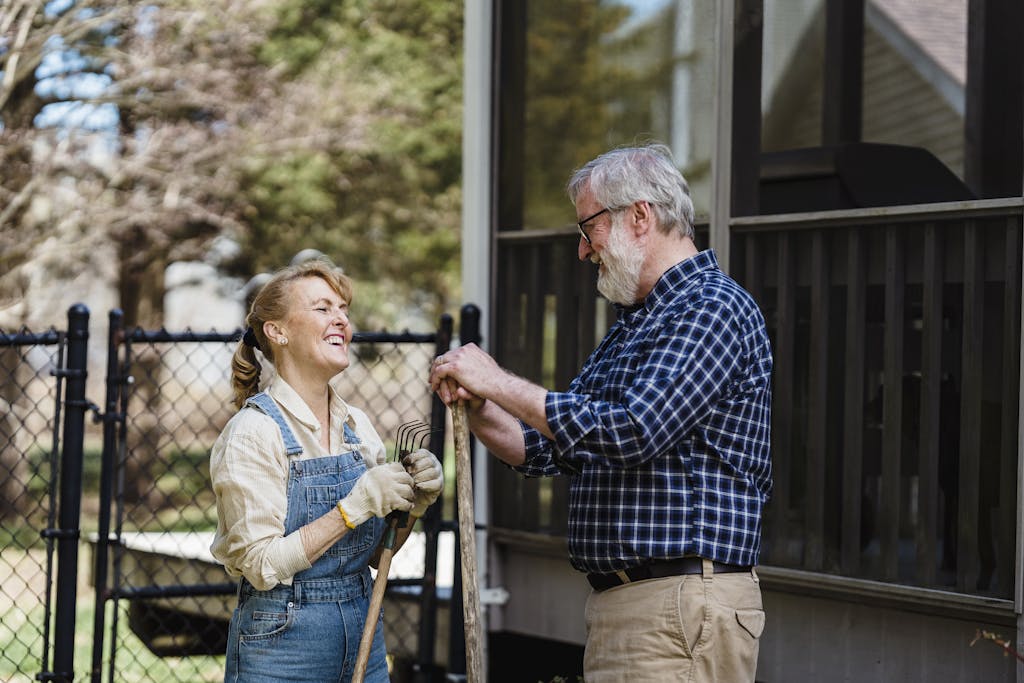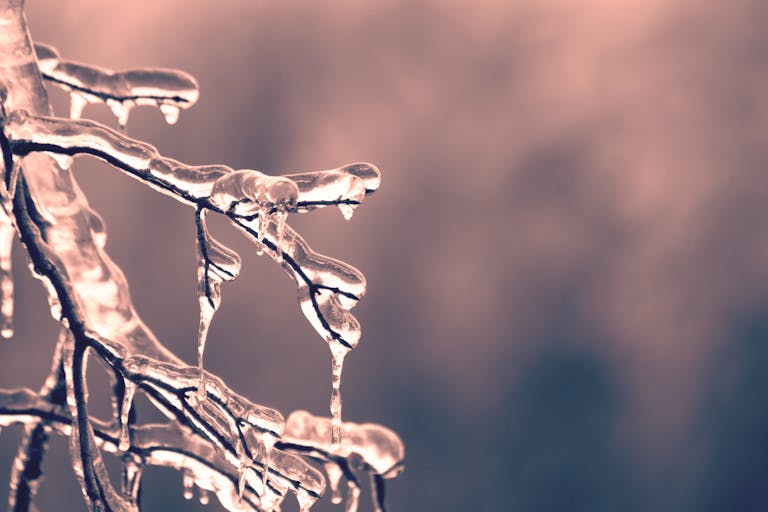Fall in Colorado can feel like the end of the gardening season—but for smart gardeners, it’s actually a time of opportunity. The cooler temperatures, crisp air, and (sometimes) extra moisture create ideal conditions for planting. Whether you’re growing vegetables, flowers, or perennials, fall gives your garden a head start for the following spring.
Here’s what you can plant in Colorado during the fall:

Vegetables for Fall and Early Winter
Colorado’s short growing season makes timing essential. By early September, you can still sow fast-growing cool-season vegetables that thrive in cooler nights and mild daytime temperatures.
- Leafy Greens: Spinach, arugula, lettuce, and kale all thrive in fall. They can tolerate frost and even taste sweeter after a light freeze.
- Root Crops: Radishes, turnips, and beets grow quickly and are perfect for a late-season harvest. Carrots do well too, especially if planted by early September.
- Garlic: Perhaps the most important fall planting in Colorado. Plant garlic cloves in late September or October for a summer harvest the following year.
Tip: Use row covers to extend the season and protect plants from early snows.
Perennials, Trees, and Shrubs
Fall is one of the best times to plant perennials and woody plants in Colorado because the soil is still warm, but the cooler air helps reduce stress. The roots can establish before winter sets in.
- Perennial Flowers: Coneflowers, black-eyed Susans, and blanket flowers will root in and return stronger next spring.
- Shrubs: Lilacs, serviceberries, and hydrangeas can be planted in fall.
- Trees: Maples, aspens, and crabapples do well with fall planting. Just make sure to water deeply before the ground freezes.
Tip: Mulch newly planted trees and perennials to protect roots from Colorado’s freeze-thaw cycles.
Bulbs for Spring Blooms
If you dream of tulips, daffodils, and crocuses brightening up your yard after a long winter, fall is the time to plant them.
- Plant bulbs in October, about six weeks before the ground freezes.
- Choose hardy varieties that can withstand Colorado’s fluctuating spring weather.
- Add a little bone meal or bulb fertilizer to encourage strong root growth.
Cover Crops
For vegetable gardeners, fall is also the perfect time to plant cover crops like winter rye, clover, or hairy vetch. These protect and enrich the soil over winter, suppress weeds, and improve structure for spring planting.
Final Tips for Fall Planting in Colorado
- Watering: Don’t forget to water deeply in the fall. Colorado’s dry climate means plants need extra moisture, even after the irrigation is shut off.
- Mulching: Add mulch around new plantings to insulate the soil and protect roots.
- Timing: Aim to get most things in the ground by mid-October, before hard freezes set in.
Wrapping Up
Fall in Colorado isn’t the end of the gardening season—it’s the beginning of next year’s success. By planting vegetables, bulbs, trees, and perennials now, you’re setting yourself up for a garden that’s healthier, more productive, and bursting with color come spring.

